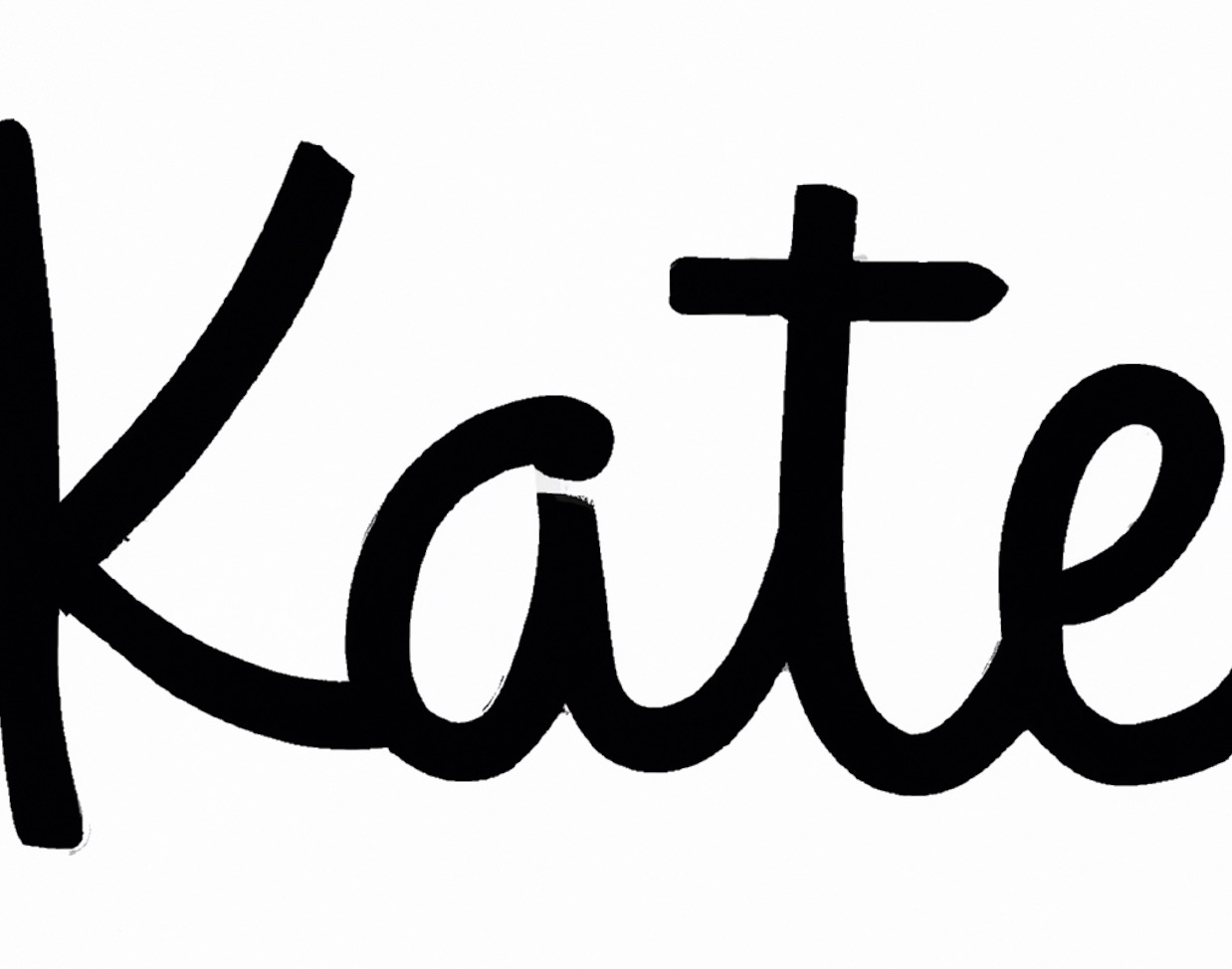Product Design Sprint is a method of rapid prototyping and product development. It’s an iterative process of designing and testing prototypes that help teams rapidly develop ideas and concepts into viable products. The goal of the Product Design Sprint is to create a product that meets the needs of customers while also being profitable for the company.
The process begins with understanding the customer’s needs by conducting interviews with stakeholders, researching competitor offerings, and analyzing user behavior. The team then develops an initial concept or “prototype” which is tested against the customer’s needs.
This process is repeated until a viable product is developed. During this process, teams often use tools such as wireframes, storyboards, and user personas to quickly develop ideas and concepts into products.
The Product Design Sprint is designed to be agile, allowing teams to quickly learn from their mistakes and adjust accordingly to create a better product. Teams also use feedback from users throughout the development process in order to make changes as needed. This allows teams to quickly develop a product that meets customer needs while also being profitable for the company.
The Benefits of Product Design Sprint:
- Faster Time-to-Market: By using this iterative design process, companies can get their products to market faster than traditional methods.
- Reduced Risk: By testing prototypes early on in the process, companies reduce risk associated with launching new products.
- Increased Customer Satisfaction: By testing prototypes with customers early on in the process, companies can ensure they are developing products that meet customer needs.
Conclusion:
Product Design Sprint is an iterative design and testing method that helps companies quickly develop products that meet customer needs while also being profitable for the company. The benefits of this approach include faster time-to-market, reduced risk, and increased customer satisfaction.
8 Related Question Answers Found
Product design in a sprint is an iterative process that allows for rapid prototyping and testing of ideas. It is an important part of the Sprint process and helps teams develop products quickly and efficiently. The goal is to get a product to market as fast as possible while also ensuring its quality.
Product design phase is an integral part of the product development process. It is a crucial stage that helps to define the product’s features and functions, as well as its appearance and user experience. This comprehensive process involves both creative and technical elements, with the ultimate goal of creating a product that meets both customer needs and the business objectives.
Product Design DOE, or Design of Experiments, is a powerful tool that can be used to improve the efficiency of product design and development. The concept is based on creating multiple iterations of a product and then testing each one to determine which performs the best. By making small changes to each iteration and then testing the results, product designers can quickly identify which design features work best and which ones should be changed or removed.
Product Design Spotify is a suite of tools that helps product designers to create and manage their product designs. By providing a comprehensive set of tools, it allows product designers to quickly and easily create their own designs, while also offering them the flexibility to adjust the design to meet the needs of their customers. Product Design Spotify provides designers with access to a variety of design elements such as images, shapes, text, and more.
Product Green Design is an approach to product development that focuses on reducing the environmental impact of goods and services by designing products that are more sustainable. It is a holistic approach, meaning it considers the entire lifecycle of a product, from raw material extraction and manufacturing to use and disposal. The goal is to make products with less waste, fewer toxic materials, greater energy efficiency and improved durability.
Product design is an iterative process that involves research, ideation, prototyping and testing to create a product that fits the needs of users. It can be applied to both physical products and digital products such as software or websites. The aim of product design is to create an effective, user-friendly product that solves a problem or meets a need.
Standardization in product design is the technique of creating a uniform design for a product. It involves techniques such as modularization, standard components, and interoperability. By utilizing standardized designs, companies can reduce production costs, increase efficiency, and create a more consistent and unified product.
Product design and development is the process of creating a product from concept to reality. It involves research, brainstorming, ideation, prototyping, engineering, testing, marketing, and customer feedback. It is an iterative process that is used to create products that are desirable to customers and meet their needs.
